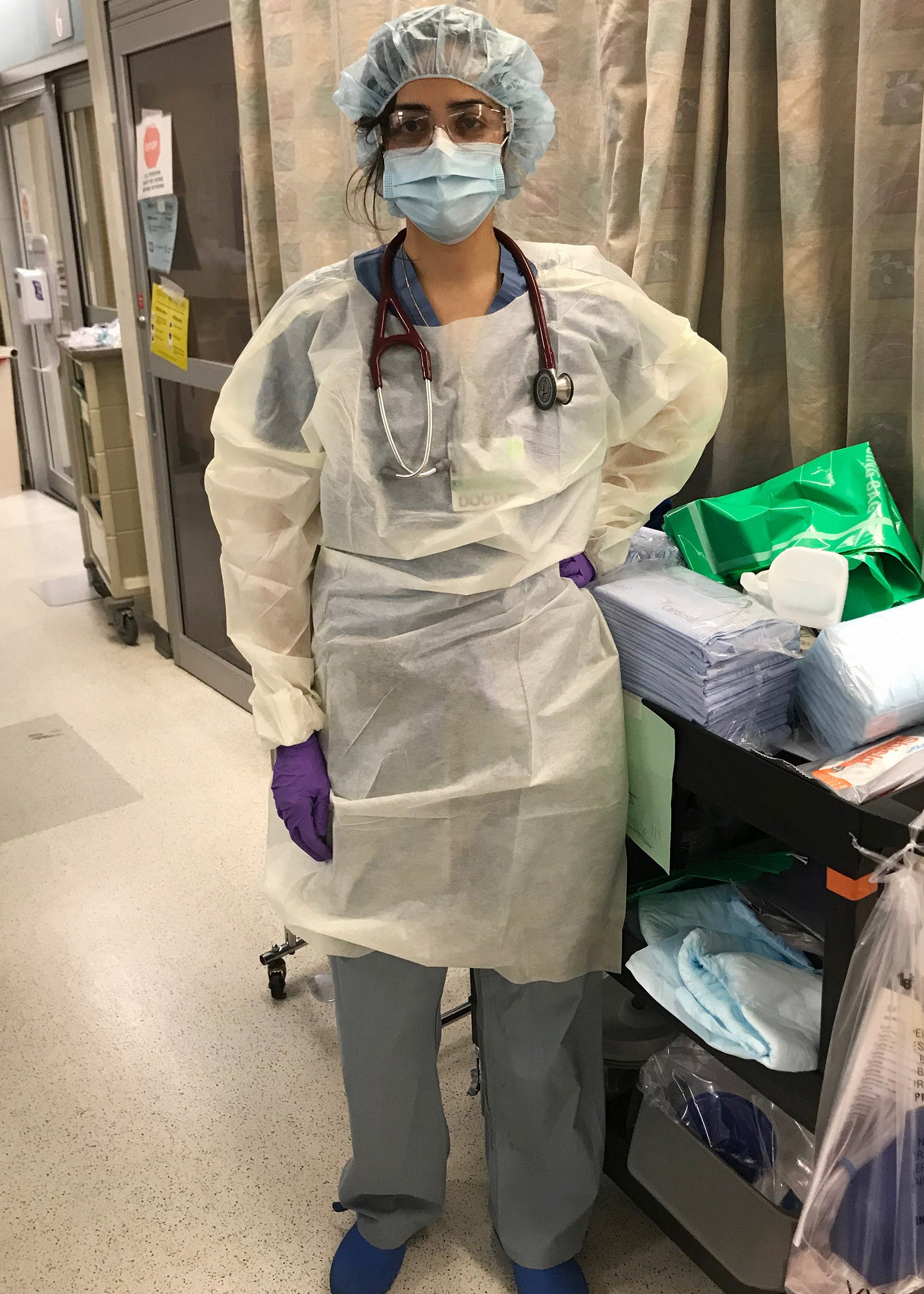
A new study suggests that stricter thresholds for prison capacity is key to reducing the transmission of the coronavirus.
Alex Potemkin/iStock
Crowding in prisons increases inmates’ risk for COVID-19 infections
Citing COVID threat, researchers urge policy changes to ease prison crowding. New study recommends early release for inmates at low risk of reoffending.
A new study by researchers at Harvard-affiliated Massachusetts General Hospital has found that crowding in prisons dramatically increases COVID risk among inmates. And the authors of the study, published in JAMA Internal Medicine, argue that policy changes are necessary to protect incarcerated men and women.
Previous studies had found that coronavirus infection was significantly higher in prisons than in the general population, but the degree to which crowding contributes to the problem had been unknown. In the recent study, senior author Amir Mohareb, an infectious disease doctor, and his colleagues analyzed a trove of data from Massachusetts state prisons. The data included weekly reports on the number of positive tests at 14 facilities, the population of each prison, and the number of inmates each facility was designed to hold, or design capacity.
As prisons became more crowded, the threat to inmates rose. Every increase of 10 percentage points in population relative to the facility’s design capacity raised the risk of COVID infection by 14 percent. The upshot, as the researchers note, is that a facility doesn’t have to exceed its design capacity to increase the danger for inmates, since a prison that’s operating at 80 percent capacity is riskier than one at 70 percent capacity.
“We may need to have stricter thresholds for where we draw the line on how crowded a facility can be,” said Mohareb, an instructor at Harvard Medical School and a researcher at MGH’s Medical Practice Evaluation Center. Mohareb has worked on a pro bono basis with advocacy groups seeking to ensure that infection control measures are implemented in prisons during the pandemic. One group he advised, Prisoners’ Legal Services of Massachusetts, has sued the state Department of Correction over its practices.
To study the effect of crowding another way, Mohareb’s team calculated the percentage of inmates in each prison who were housed in single cells during each week of the observation period. They found that every 10 percentage point increase in the proportion of inmates living in single cells reduced the risk of COVID infection in that prison by 18 percent.
Similar to other studies, this investigation found that prison inmates have a significantly greater risk — more than sixfold — than the general public for becoming infected with COVID. But in a novel finding, Mohareb and colleagues showed that infection rates in prisons tended to reflect those of their surrounding communities. When COVID cases dropped in the summer of 2020, the change showed up in prisons. And as numbers spiked in many communities late last year, they soared in local prisons. “Prisons are intricately linked to their surrounding communities,” says Mohareb. He urged greater attention to testing and vaccination among guards, support staff, and vendors.
While COVID vaccination became available to inmates in Massachusetts state prisons earlier this year, it is optional; what’s more, news reports indicate that a significant portion of prison workers remain unvaccinated. Mohareb and his coauthors argue that policymakers should strongly consider decarceration — releasing prisoners deemed to be at low risk for reoffending — as a way to lower the risk for COVID-19 in prisons.
“It was the almost universal opinion of experts in public health, infectious disease, and epidemiology from the start of the pandemic that prisons were going to be places of immense suffering unless inmates were released in a coordinated manner,” said Mohareb. “And that really didn’t happen.”
First author Abigail I. Leibowitz worked on the study while earning a master’s degree in public health at the Harvard T.H. Chan School of Public Health and is currently a medical student at the University of Colorado. Other authors include infectious disease physician Mark Siedner and psychiatrist Alexander C. Tsai, both of MGH.
Support for the research was provided by the National Institutes of Health and the Sullivan Family Foundation.


